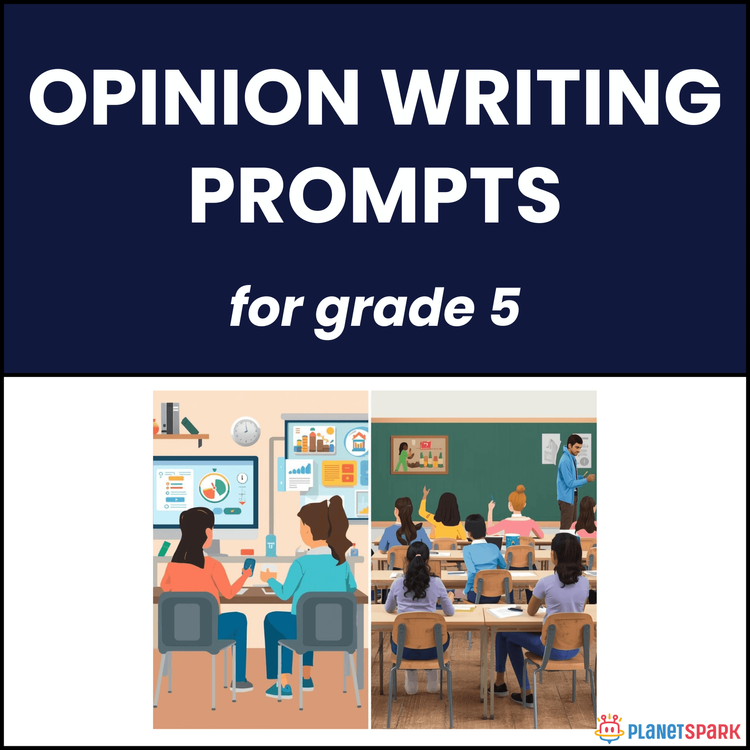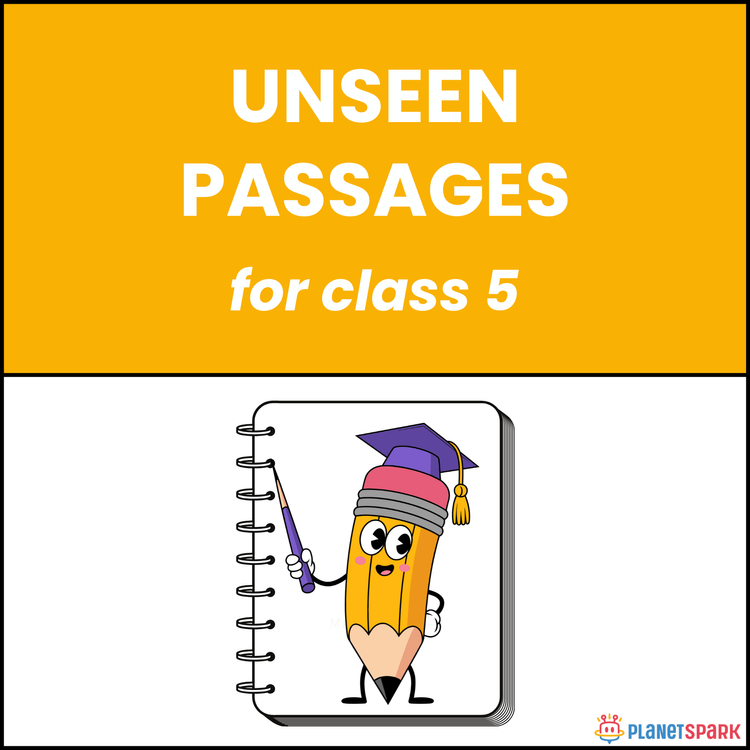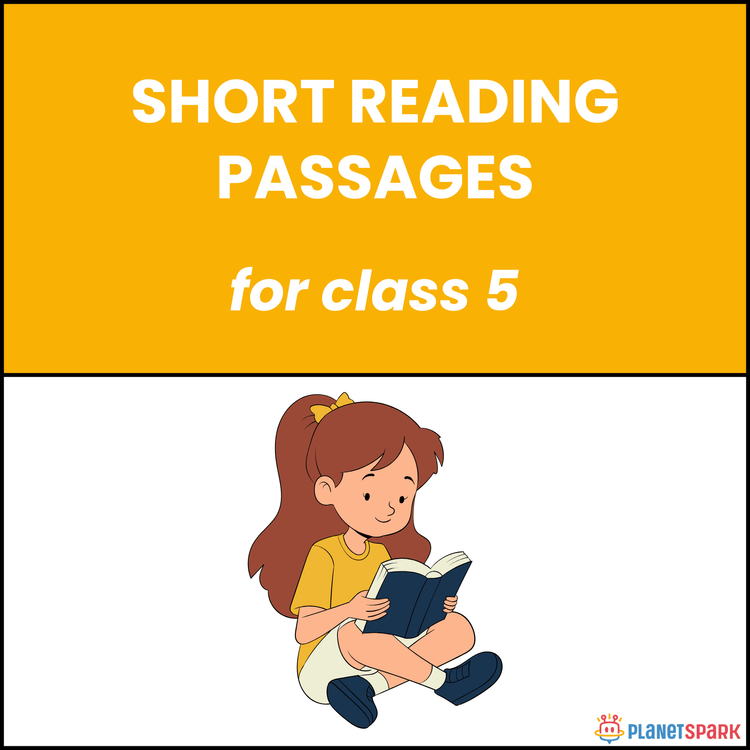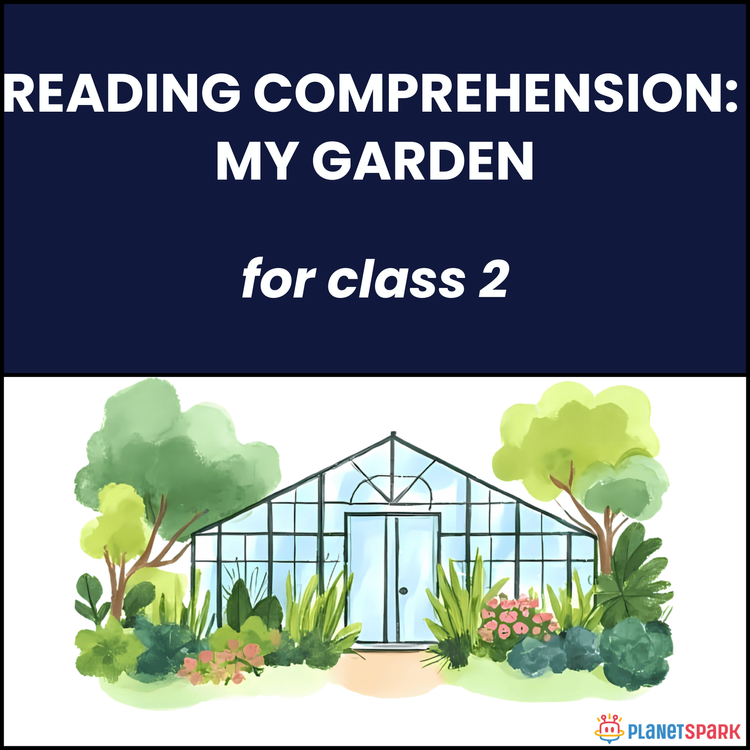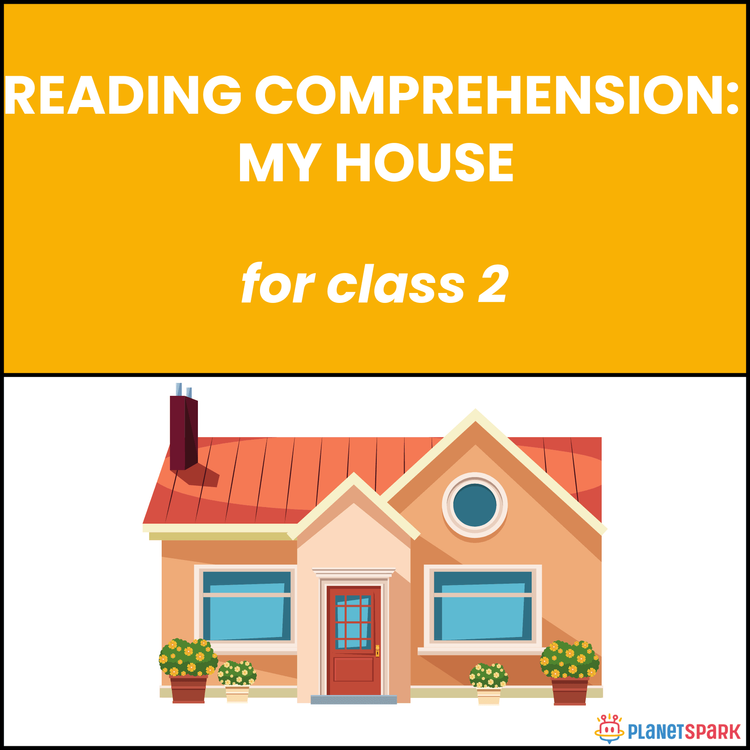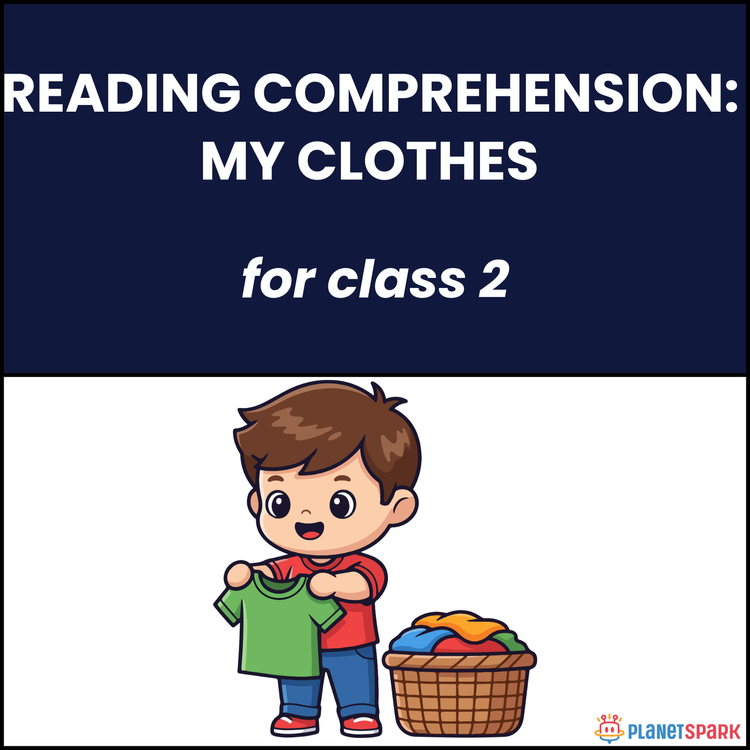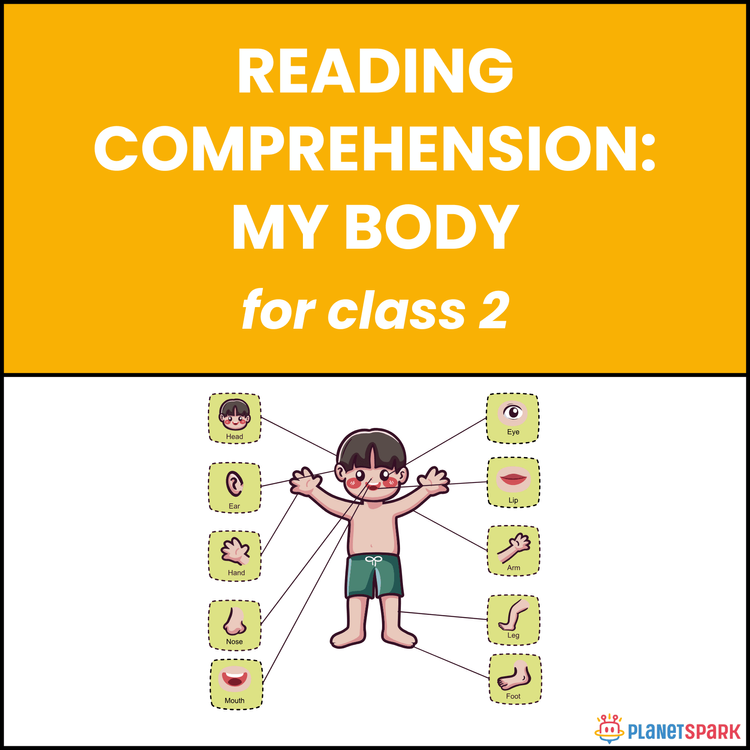Class 5 Worksheet: Adverbs of Frequency and Degree
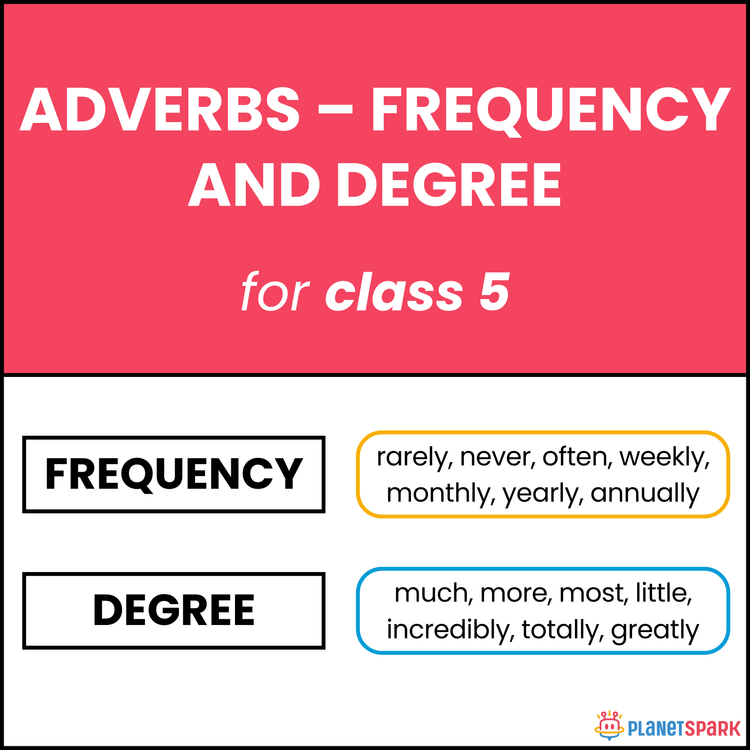

Class 5 Worksheet: Adverbs of Frequency and Degree
How Often? How Much? Adverbs of Frequency and Degree for Class 5
This worksheet introduces Class 5 students to two powerful adverb types: frequency (how often something happens) and degree (how much or how intensely). Using colorful categorization, sentence creation, and paragraph practice, learners strengthen both grammar usage and vocabulary range.
Why Frequency and Degree Adverbs Matter in Grammar?
These adverbs help students:
Describe regularity, habit, or probability of actions (e.g., always, sometimes).
Express how strongly an action or feeling occurs (e.g., very, almost, absolutely).
Improve writing fluency and clarity by modifying verbs, adjectives, and other adverbs.
Engage in real-life communication using everyday sentence structures.
What’s Inside This Worksheet?
This worksheet includes five colorful and creative exercises:
🎨 Exercise 1 – Colour the Adverbs
Students color-code a list of mixed adverbs into two categories: frequency (blue) and degree (green). Words include rarely, completely, sometimes, often, totally, and barely.
✍️ Exercise 2 – Write Sentences Using Adverbs of Degree
Learners use adverbs like extremely, completely, slightly, almost, and incredibly to write their own descriptive sentences based on how much something happens.
🔄 Exercise 3 – Rewrite Sentences with Adverbs of Frequency
Given a "frequency meter" with star ratings, students replace actions with appropriate adverbs. For example, ⭐⭐⭐⭐ for “often” leads to: “I often read books.”
🔍 Exercise 4 – Spot and Label the Adverb
Students identify adverbs in given sentences and label them as either (F)requency or (D)egree. Sentences include examples like: “She always completes her homework on time.” (F) and “The movie was extremely interesting.” (D)
🧠 Exercise 5 – Create a Paragraph
Using four illustrated prompts (reading, dancing, exploring, yawning), learners write a paragraph that includes at least one adverb of frequency and one of degree.
✅ Answer Key (For Parents & Educators)
Exercise 1 – Colour the Adverbs
Frequency (Blue): rarely, sometimes, often
Degree (Green): barely, completely, almost, totally, hardly
Exercise 2 – Sample Sentences
I was slightly tired after the game.
He barely touched his food.
The plan is somewhat risky.
She was almost asleep during the movie.
The test was extremely difficult.
He ran incredibly fast.
They totally forgot the meeting.
She is absolutely sure of her answer.
The jar was completely full.
Exercise 3 – Frequency-Based Sentences
I rarely go to the park.
I sometimes eat ice cream.
I often read books.
I always watch TV.
I never play in the rain.
I rarely visit the zoo.
I always help my parents.
I often celebrate festivals.
I never forget to complete homework.
I always clean my room.
Exercise 4 – Spot the Adverbs
always – F
extremely – D
never – F
quite – D
sometimes – F
very – D
rarely – F
so – D
often – F
too – D
Exercise 5 – Student-generated content; answers will vary.
Help your child write with confidence using adverbs that show frequency and intensity — great for both storytelling and real-life expression.
Frequently Asked Questions
Common types include adverbs of manner, time, place, frequency, and degree, each describing different aspects of actions.
Using varied adverbs makes sentences more descriptive and interesting, enhancing overall writing quality.
Encourage children to identify adverbs in sentences and create their own examples for each type.
